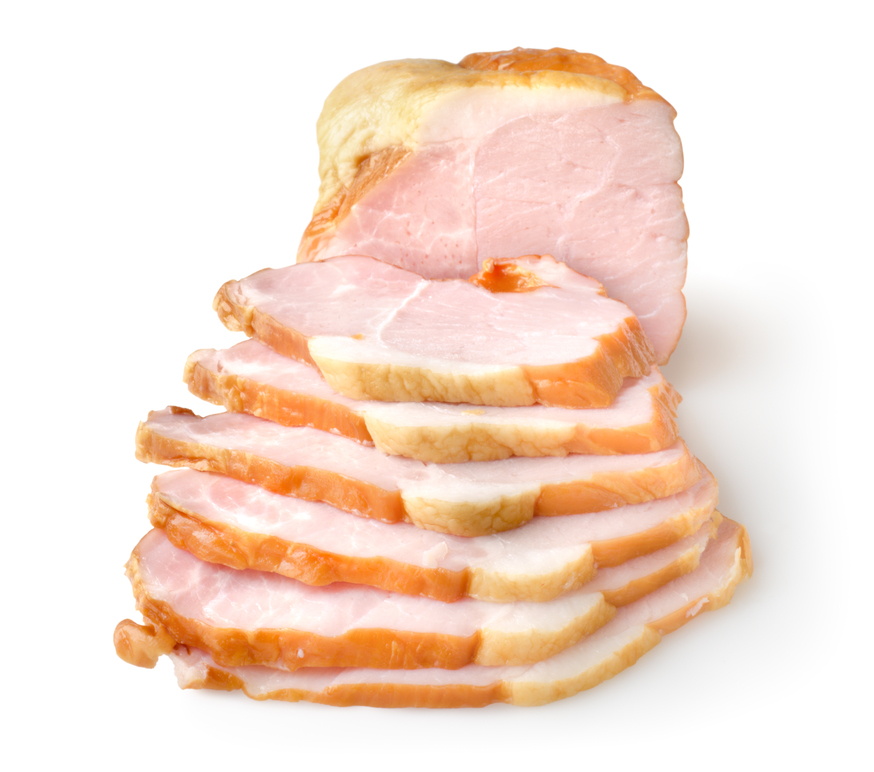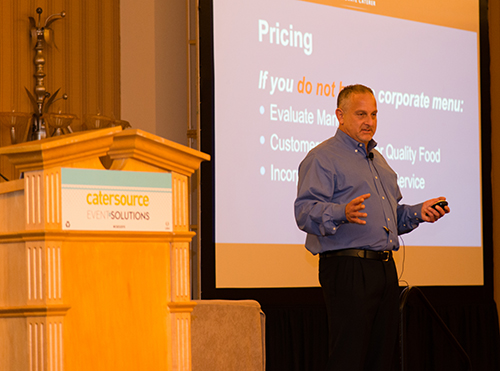In many ways, the profitability of your catering business will depend on how well you control and manage food costs. Following is a list of 10 ways to reduce those costs.
1. Know your cost of every item on your menu
Account for all operating expenses such as food, labor, insurance, maintenance, rent and transportation/delivery. If you own a restaurant, allocate the costs that catering will share with it, such as overhead and administration.
2. Make sure ALL employees follow exact portion guidelines
Portion control is essential. Consequently, it is extremely important to document these guidelines to ensure all employees have quick and easy access to the exact portion requirements for all items on your menu.
3. Compare Vendors
Just as your business is not the only game in town, your vendors all have competitors that would like a shot at your business. Shop around from time-to-time, especially if your current vendor is not providing you the product or service you need. If nothing else, it will keep the vendors you are using on their toes.
 4. Go “Home-Made”
4. Go “Home-Made”
Often it’s less expensive to cook ingredients rather than buying them pre-prepared. For example, if you will be offering sandwiches on your menu, it’s cheaper to make your own roast turkey and roast beef.
Many customers are attracted to restaurants and caterers that offer fresh “home-made” food and are willing to pay more for it. So this can also be a way to help attract new customers and drive sales revenue.
5. Waste Not, Want Not
It’s important to monitor and keep records of all food waste. Also, consider ways to use scraps and byproducts for soups, sauces, or even garnishes.
6. Seasons Change
Using ingredients that are in season will save you money, and keep your menu fresh and relevant. By introducing seasonal specials you are creating the perception of being savvy and current.
7. Carefully Monitor Inventory
It is important to make sure that you and your staff properly orders items. Your operation should have up-to-date logbooks and/or systems with part lists for all of your products. It needs to be monitored and adjusted as necessary.
8. Savvy Specials
Use specials to promote lower cost dishes or items that you need to utilize. Also, specials can be used to push slow moving stock and reduce waste.
9. Six Month Review
Given the numerous variables that can impact your food, labor, and menu costs, carefully review your menu at least once every six months. This is also a good time to swap out unpopular items for more profitable ones.
10. Low Cost, High Value Items
To help balance your overall food costs, your menu should always include popular/common items that cost little but have a high-perceived value. An example is adding something extra to an existing item. (Examples: Wedge Salad with Grilled Chicken, Pasta with Sautéed Shrimp.)
 If you have any questions, feel free to contact me directly at [email protected]. I’m always willing to help answer any business or catering questions! Mike Rosman will be teaching a half-day session on QSR/Drop Off Corporate Catering. Click here for more information.
If you have any questions, feel free to contact me directly at [email protected]. I’m always willing to help answer any business or catering questions! Mike Rosman will be teaching a half-day session on QSR/Drop Off Corporate Catering. Click here for more information.



